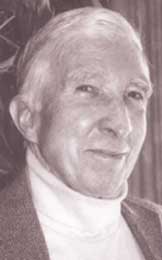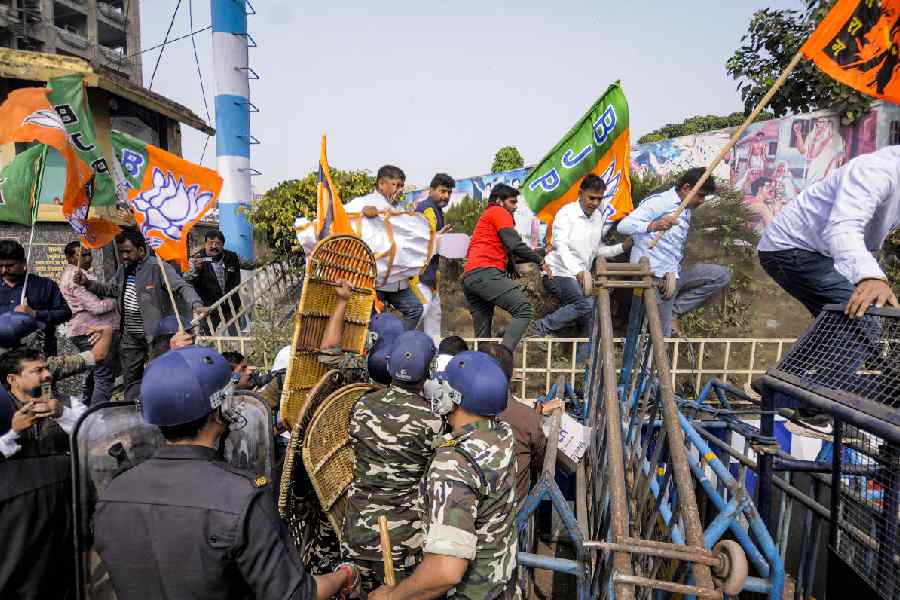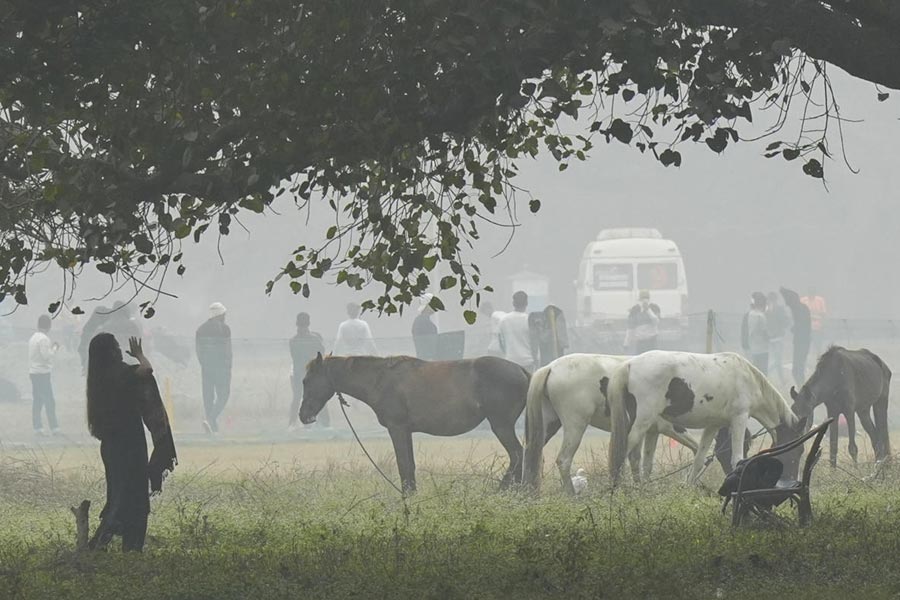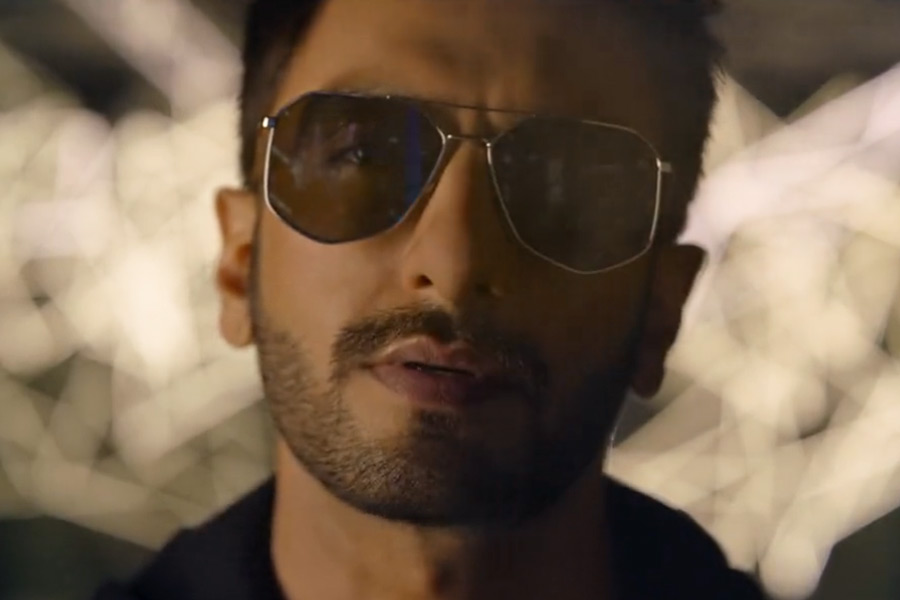|
|
| Faiyaz Khan |
The Lost World of Hindustani Music,
By Kumar Prasad Mukherji,
Penguin, Rs 395
Kumar Prasad Mukherji’s excellent account of “the colourful musical atmosphere of a dying feudal age” is informed by “deep nostalgia” for a golden age of Hindustani music he shared with a generation of highly sophisticated listeners, performers and learners. His aesthetics is as much musicological — to “narrate and analyse the history of creativity in Hindustani music, mainly khayal and thumri”— as it is aware of the ineffability of true art: “what great musicians like Abdul Karim and Faiyaz Khan possessed was an indefinable quality, a charisma which does not lend itself to analysis.” Since he was part of this illustrious history himself, his archives — memory and experience — are enviably authentic. Mukherji’s strength as a writer has been his ability to synthesize music criticism, social history and personal recollection adroitly. Here too his tone — profound, philosophical, frivolous and gossipy, in turn — is unmistakably entertaining.
Historically, the development of Indian classical music has been characterized by ambiguity. It was a secular art (“the last Nawab of Lucknow, Wajid Ali Shah, used to perform Raasleela in the role of Krishna with the ladies of his harem”), yet dominated by parochialism, every gharana fiercely protective of bandish, cheez and its collection of ragas. Such a strongly insular traditionalism inevitably gave rise to artists with distinct styles. Mukherji demonstrates how traditional knowledge became embedded in individuals such as Faiyaz Khan, Abdul Karim Khan, Alladiya Khan and Bhaskarbua Bakhle.
The characterisitics of each gharana are analyzed incisively. The Jaipur style, which uses languorous meends, is described as “serpentine”. The taans of Gwalior and Agra have self-descriptive names like kadak bijlee, nangaa talwar, and haathee chingari.
In his inimitable style, Mukherji gives fascinating and precise portraits of the Old Masters. An encounter between Faiyaz Khan and Rabindranath Tagore, witnessed by a very young Mukherji, is compared to Beethoven meeting Goethe. Mukherji remembered Kesarbai Kerkar, the grande dame of Hindustani music, “always in a white sari, pearls in the morning and diamonds at night”. Sheila Dhar, who provides some of the funniest tittle-tattle in the book, added for good measure that Kerkar had also started applying kajal to hide her bald patch.
Mukherji’s lightness of tone does not compromise his critical analyses of various ragas and styles. The section on microtones or shrutis, distinctive forms of the same note in different ragas (the komal risabhs of Shree and Marwa, for instance) and sometimes in the same raga itself (the komal nishad in Darbari is of different intensities in the ascending and descending scales) is illuminating.
That these nuances have become extinct is not unusual. Mukherji’s book is also about the decline of high classicism embodied in dhrupad, or in the style of khayaliyas like Faiyaz Khan or Alladiya Khan, whose initial training was in dhrupad. The “romanticism” of Abdul Karim Khan, or the meditative quality of Amir Khan’s music has been lost to the market-driven singing of today. Even in the “lost” world, economics was not kept out of music. However, there were also singers like Mantol Khan who were legendary for their asceticism and total disregard for patronage. With the mushrooming “music schools” and a brazenly commercial “music industry”, there remains little hope for the guru-shisya tradition of learning or musical excellence.











